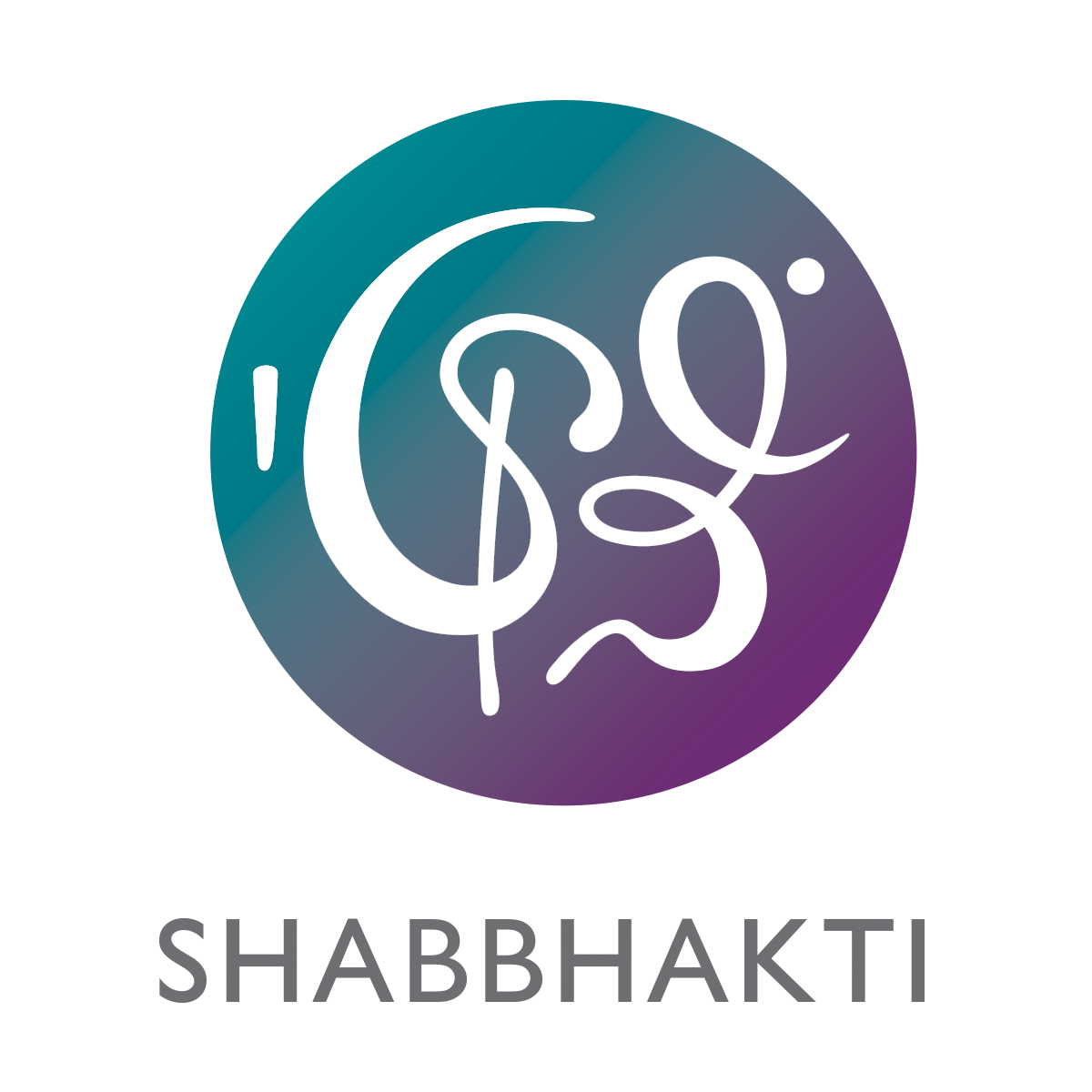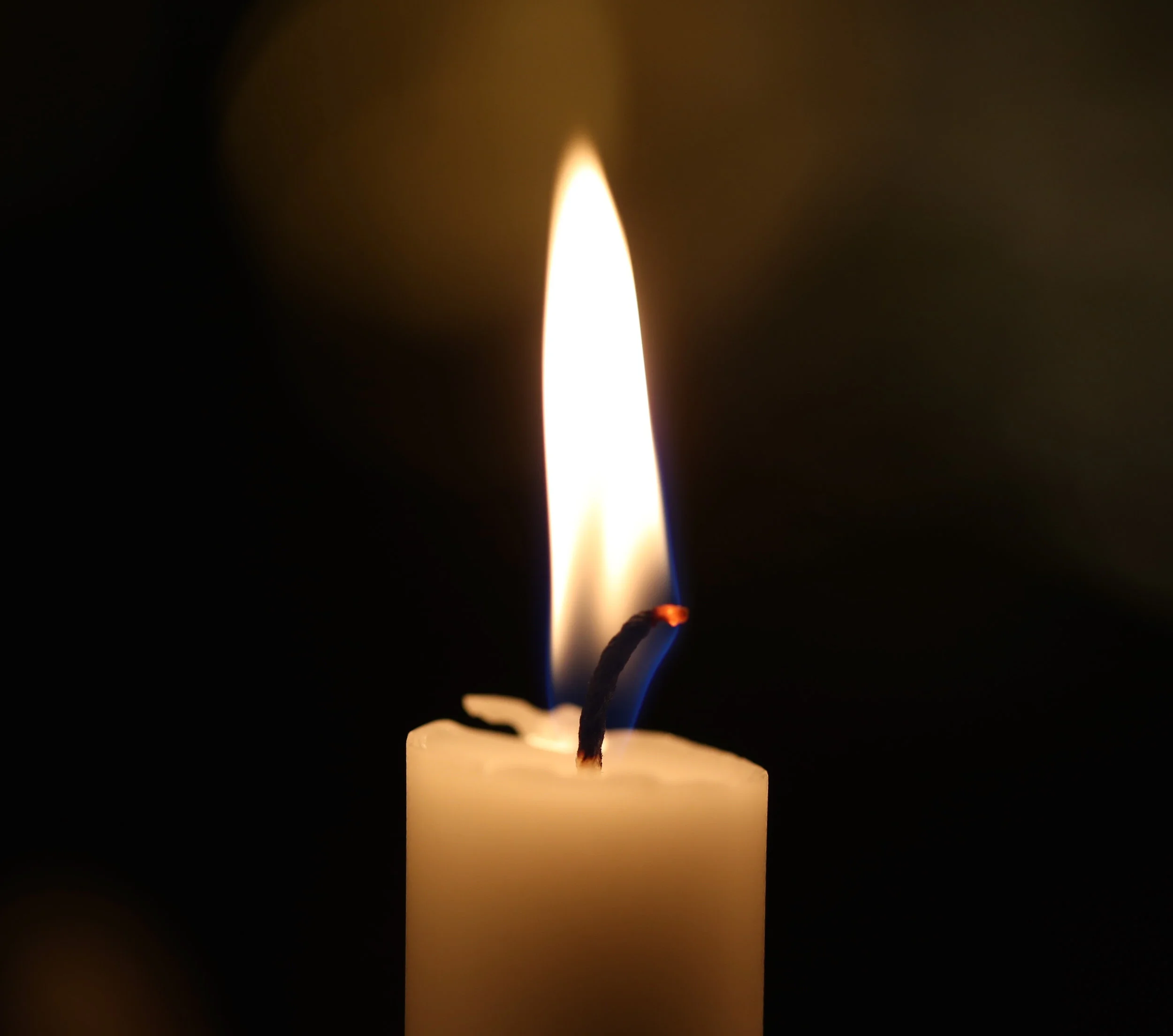So, I know the phrase is “karma’s a bitch” but for the sake of today’s Torah talk I wanna change it to “dharma’s a bitch. ” What I mean by that is exemplified in this week’s parshah, Ha’azinu. Poor Moses, once again, is denied entrance into the land of Israel because it is not part of his Dharma. Moses’ dharma was to take the Israelites from Egypt and help them transform into a nation that would succeed independently and in the face of great adversity.
In this week’s portion Moses gives his swansong. Literally, he is singing to the Israelites about how to succeed in life and beyond. We may not know the tune anymore but Moses’ creates a song of joy and sorrow, of recollections and predictions for the Israelites. And like any good musical theater, where the final song is a show stopper, Moses’ last number creates a permanent memory for the Israelites to carry with them and to pass down from generation to generation. According to the text he puts a song in their ear which- well…
Let’s step back for a moment and think about an earworm. Do you know what an earworm is? You do, but you may not have known it was called that. It’s that song or tune in your head that you just can’t get out. You’re not even sure how it got in there in the first place. Maybe it was a snippet through an open window or something in the background on the radio. Or a ring tone or a memory that somehow surfaces and plays over and over and over and over in your mind.
Well…Moses plants an earworm. And he plants it with the hope it will be remembered. With the confidence that this song with remind the Jewish people of their covenant with Gd, even if they only hear a snippet.
Song and learning through song helps us remember and recall more easily. I mean, how many of us can sing songs we learned in elementary school, or even before that. All the words to a commercial or jingle, maybe a television show or from music class, from the dinner table. Ok, now how about the speech we had to give at our Bar or Bat Mitzvah? Or even more recently, like a presentation for work or a friend’s wedding or your own special occasion? Mmmm… maybe you can recall phrase or idea, but the whole damn thing? Not likely you can remember lock, stock and barrel from beginning to end. At least, I can’t.
Scientists have been studying this phenomenon. There are several published research papers showing recall is better after learning sung rather than spoken word. One possible reason because of an idea called chunking. We clump like phrases together in a way that helps us recall better. Using functional MRIs to study music and memory neuroscientists have shown that the seat of emotional memory , the Limbic system, and the pre-frontal cortex- auditory and motor memory , the becomes more active while listening to music. Song and music evokes memory in a way spoken word can’t. We may not understand all the nuts and bolts of how this works but suffice it to say songs help us remember.
So I ask you, what is your song? What is your dharma? What is the song that is in and of your heart? What is the song that’s meant to be played and you are meant to sing? Because when you are singing your song, you don’t have to worry if it is not good enough for anyone else to hear. It is good enough for everyone else to hear because it is your song.








